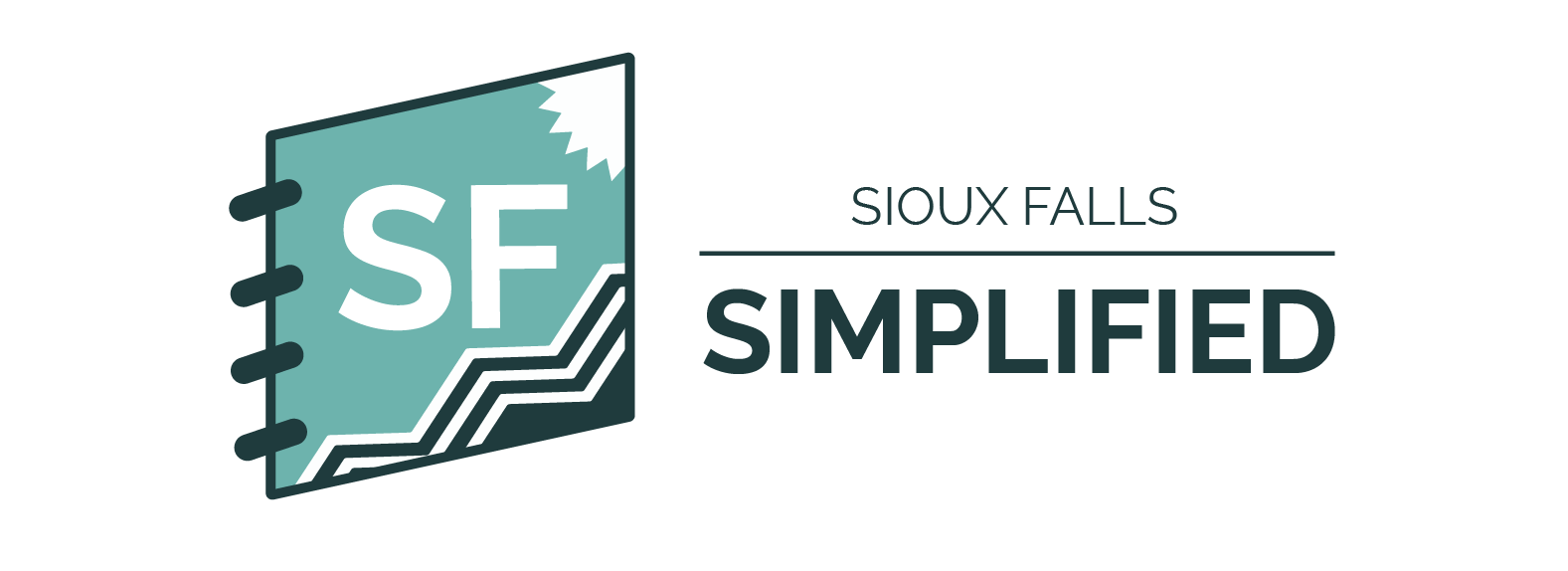Simplified: A two-year study of the Sioux Falls School District's English Language Arts curriculum showed a need for high school students to have more diverse texts, according to a report presented to the school board Monday.
Tell me more
The study looked at how the district teaches English, reading and writing at all grade levels K-12.
The committee overseeing the study was made up of a group including parents, teachers, community members, administrators and other school staff. They were tasked with reviewing the adoption of new state standards implemented in 2018.
At the high school level, the primary need was for more books and other texts that provide a more diverse perspective.
"I needed some curriculum, I needed some novels that help students see themselves in that writing," said Teresa Boysen, assistant superintendent of academic achievement.
Why it matters
- As Boysen alluded to, books that provide diverse perspectives or have diverse characters give students of color, students with minority religions or genders, or students with different abilities a chance to see themselves reflected in what they're reading.
- This isn't just a Sioux Falls idea. The National Education Association – a labor union representing educators nationwide – has also called for more diverse books.
- Beyond Sioux Falls, there's also a nonprofit dedicated to this cause: We Need Diverse Books.
- The books and support texts purchased will go directly to classrooms, school officials said.
"If you think about the things that are in the news lately with the diversity issues and the conflicts and the good conversations, I think it's so important that we teach our students how to have those conversations," board member Carly Reiter said. "I'm glad to see that (adding diverse texts) was part of the high school selection process."
What about elementary and middle school students?
The changes proposed at the younger grade levels were primarily focused on reading, phonics and spelling.
Elementary students were identified as lacking phonemic awareness (the ability to identify sounds, like when you're sounding out a word). They'll be getting additional supports there and in spelling.
Middle schoolers will have some new support texts that better cater to individual reading levels and some extra help with phonemic awareness, too.
What happens next?
The proposed curriculum changes will be implemented in the fall of 2021.
Photo by Sharon McCutcheon on Unsplash

